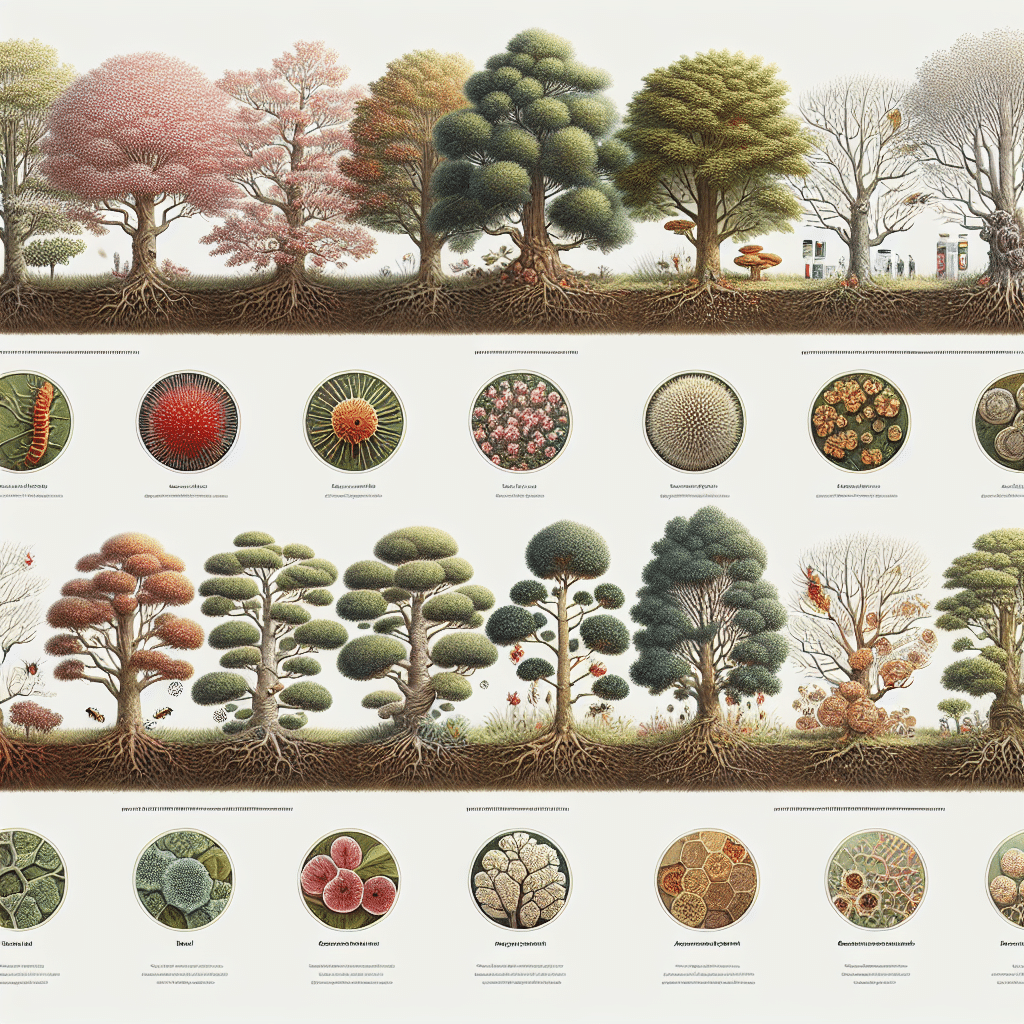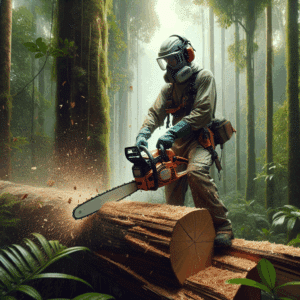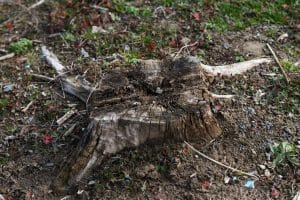Tree diseases can sneak up on your trees, causing stress, damage, and even death if not addressed. At Utah Tree Removal, we understand the importance of keeping your green giants healthy and strong. In this blog post, we’ll explore some common tree diseases and their solutions, helping you become the tree guardian you’ve always wanted to be. Let us equip you with the knowledge you need to tackle these diseases head-on.
Identifying Tree Diseases
The first step in managing tree diseases is identification. Trees, much like us, show symptoms when they’re unwell. Common signs include discolored leaves, unusual growths, and unexpected leaf drop. By recognizing these symptoms early, you can take action before the disease gains a foothold. Our team is always ready to assist in diagnosing any tree ailment you may encounter.
The Threat of Dutch Elm Disease
Dutch Elm Disease has been a notorious killer of elm trees across the country. Caused by a fungus spread by beetles, it blocks the tree’s water-conducting system, leading to wilting and death. Treatment involves removing infected branches and possibly applying fungicides. Early detection is key, so if you suspect your elm is ill, act quickly and consult us as soon as possible.
Tackling Oak Wilt
Oak Wilt is a serious condition affecting oak trees, caused by a fungus that disrupts the tree’s water flow. Symptoms start with leaf discoloration and progress to complete leaf drop. Preventative measures include avoiding pruning in peak beetle season and using fungicides. If you notice any signs of this disease, prompt action can save your oaks.
Handling Apple Scab
Apple Scab is a fungal disease that primarily affects apple and crabapple trees. It causes dark, scabby lesions on leaves and fruit, leading to premature leaf drop. Pruning to improve air circulation and applying fungicides can help control this disease. Healthy, well-maintained trees are less likely to fall prey to Apple Scab.
Combatting Pecan Scab
Pecan Scab is another fungal foe, attacking the nuts and leaves of pecan trees. Look for black spots on young leaves and nuts as early signs. To manage this, ensure proper pruning and consider fungicide applications. Keeping the tree’s canopy open and preventing crowding can significantly reduce the risk of infection.
Solve Anthracnose Issues
Anthracnose affects several types of trees, including sycamores, ashes, and dogwoods. It manifests as dark, sunken lesions on leaves, stems, and fruit. Managing it involves removing and destroying affected leaves, improving air circulation, and applying fungicides when necessary. Timely intervention can prevent severe damage to your beloved trees.
Chemistry of Chlorosis
Chlorosis appears as yellowing in the leaf tissue, usually due to nutrient deficiencies. This condition can impact a variety of tree species. Testing the soil and adjusting nutrient levels accordingly can resolve this issue. We can help determine the best approach to restore your tree’s vibrant green hues.
Pine Trees and Pine Wilt
Pine Wilt targets pine trees, caused by a nematode that clogs the tree’s vascular system. Symptoms include browning needles and rapid death. Once infected, the tree cannot be saved, making prevention crucial. Regular inspections and swift removal of affected trees can help curb the spread of Pine Wilt.
The Battle Against Fire Blight
Fire Blight primarily affects fruit trees like apples and pears, causing wilting and a burned appearance. Removing infected branches and applying antibacterial sprays in early spring are effective strategies. Being proactive with good cultural practices can significantly reduce the likelihood of Fire Blight.
Effective Tree Management Practices
Understanding how to care for your trees prevents many diseases from taking hold in the first place. Here are some key practices:
- Regular Inspections: Frequently check for unusual signs or symptoms in your trees to catch issues early.
- Proper Pruning: Prune during the right seasons to avoid increasing susceptibility to diseases.
- Good Hygiene: Clean up fallen leaves and debris to prevent harboring pathogens.
- Fungicide Applications: Use fungicides as a preventive measure or treatment when necessary.
- Soil Health: Maintain proper soil health with adequate nutrients and drainage.
Partnering with Utah Tree Removal
Don’t face these tree challenges alone. We at Utah Tree Removal are here to offer our expertise and Services. With prompt and professional assistance, we can help ensure your trees flourish for many years to come. If you’re ever in doubt, just give us a call and we’ll be there to support your tree care journey.
Reach out to us whenever you need assistance. Contact us by phone # 801-441-3654 or Request a Free Quote.



